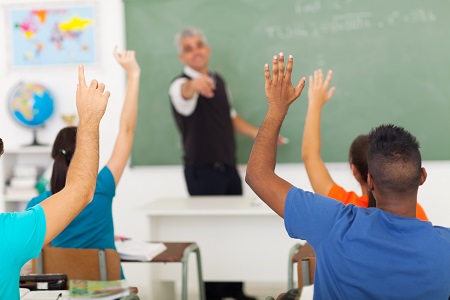MA Educators Celebrate Passage of Fair Share Amendment

Kathryn Carley – Commonwealth News Service
Educators across the Commonwealth say voters showed their commitment to public education in the midterm election by passing the Fair Share Amendment.
It creates a 4% tax on annual incomes above $1 million to help pay for public education and transportation.
It’s expected to generate at least $2 billion in revenue for schools, universities and vocational training, as well as the roads and trains to help get the students there.
Joanna Gonsalves – associate professor at Salem State University and member of the Massachusetts State College Association – said the new funding is no ‘magic bullet,’ but a start to addressing system failures in the state.
“I think we need to start to address some of the crumbling infrastructure in our public campuses and the buildings, in our roads and in MBTA,” said Gonsalves. “And that’s going to require some additional funding, beyond Fair Share.”
Many business groups opposed the Fair Share Amendment, warning it would make the Commonwealth less economically competitive and drive away employers. They also question the need for more revenue when the state is already running a large budget surplus.
The decision about where the new tax revenue is spent ultimately rests with state lawmakers, and even future lawmakers are under no obligation to spend the money as requested.
Still, Gonsalves said lawmakers would be wise to respond to the public’s concerns about the cost of higher education in Massachusetts and the wellbeing of its students.
“We need to address the most basic things, like class size,” said Gonsalves. “We want to make sure we have enough staff and services for our students.”
That includes the great need for increased mental-health services as schools continue to recover from the impact of the pandemic. And Massachusetts faces a critical shortage of school counselors, with one counselor for every 364 students.
